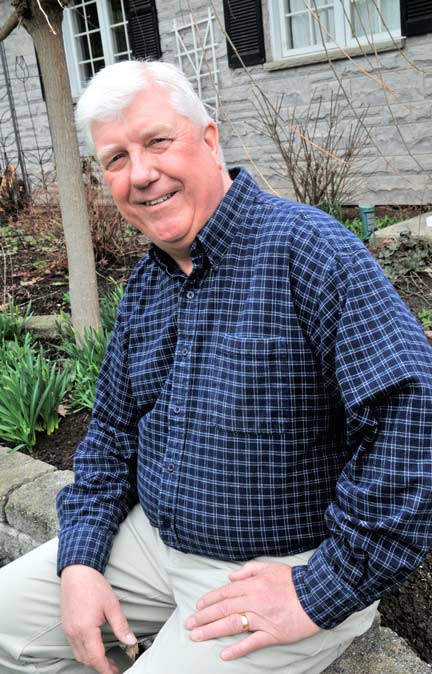We’d like to have more healthy, local food in our diets and we’d like to walk and bike to get it. Turning those theoretical desires into action will require some doing, however. Options for getting us there are part of a recent published study, discussed this week at Woolwich council.
Local Food Access and Active Transportation: Policy Opportunities for the Woolwich Community, the work of the Waterloo Region Healthy Communities Partnership, looks at ways to enhance access to local food and get more people getting around under their own power.
In a presentation Tuesday night, project investigator Ellen Desjardins said a series of studies, forums and public consultations led to four main recommendations for community action:
1. Expand signage on trails and roads to encourage trail use and point the way to markets, farms, stores and restaurants where local food is sold.
2. Investigate the feasibility of a community food processing/ packing/ storage facility in Woolwich to enhance the local food sector (for small and larger scale enterprises).
3. Support programs and policies at Woolwich schools that build youth participation and community involvement towards healthy local food, walking and biking.
4. Advocate for policy that ensures the regular addition of segregated cycle/walking paths that link residents to food retail, schools and workplaces in Woolwich.
Like most Ontarians, Woolwich residents have diets that fall short when it comes to fruits, vegetables and whole grains. Likewise, they could do with more physical activity, especially walking and cycling, the report found.
To improve the situation, more will have to be done with the infrastructure to make local food more accessible and to make cycling and walking to destinations such as shops easier and safer.
“Overall, if local food is to be more accessible by active transportation, the policy stage needs to be set for more local food venues (such as temporary and permanent markets) and more off-road cycle paths – both of which are challenging and require further discussion and debate,” the report notes.
Desjardins pointed to St. Jacobs as a spot where improvements could be made. While a walkable locale in many ways, it’s a “food desert” with no grocery store or similar outlets in the village.
Coun. Mark Bauman, who lives in St. Jacobs, said the community would welcome even a small grocery store, but noted the industry is dominated by food giants – Loblaw, Sobeys, Metro – that would have to step up to provide such an outlet.
As for getting around, he said Woolwich has many trails, but most don’t lead to destinations such as shopping. The trails are more for recreation rather than transportation in that regard. While noting that the township could help the situation by adding wider paved shoulders for cyclists when reconstructing roads, for instance, the change-over would be a very long process.
Still, adopting some of the goals set out in the report would be helpful, he said.
“The challenge is to try to implement that into some of our planning processes.”








